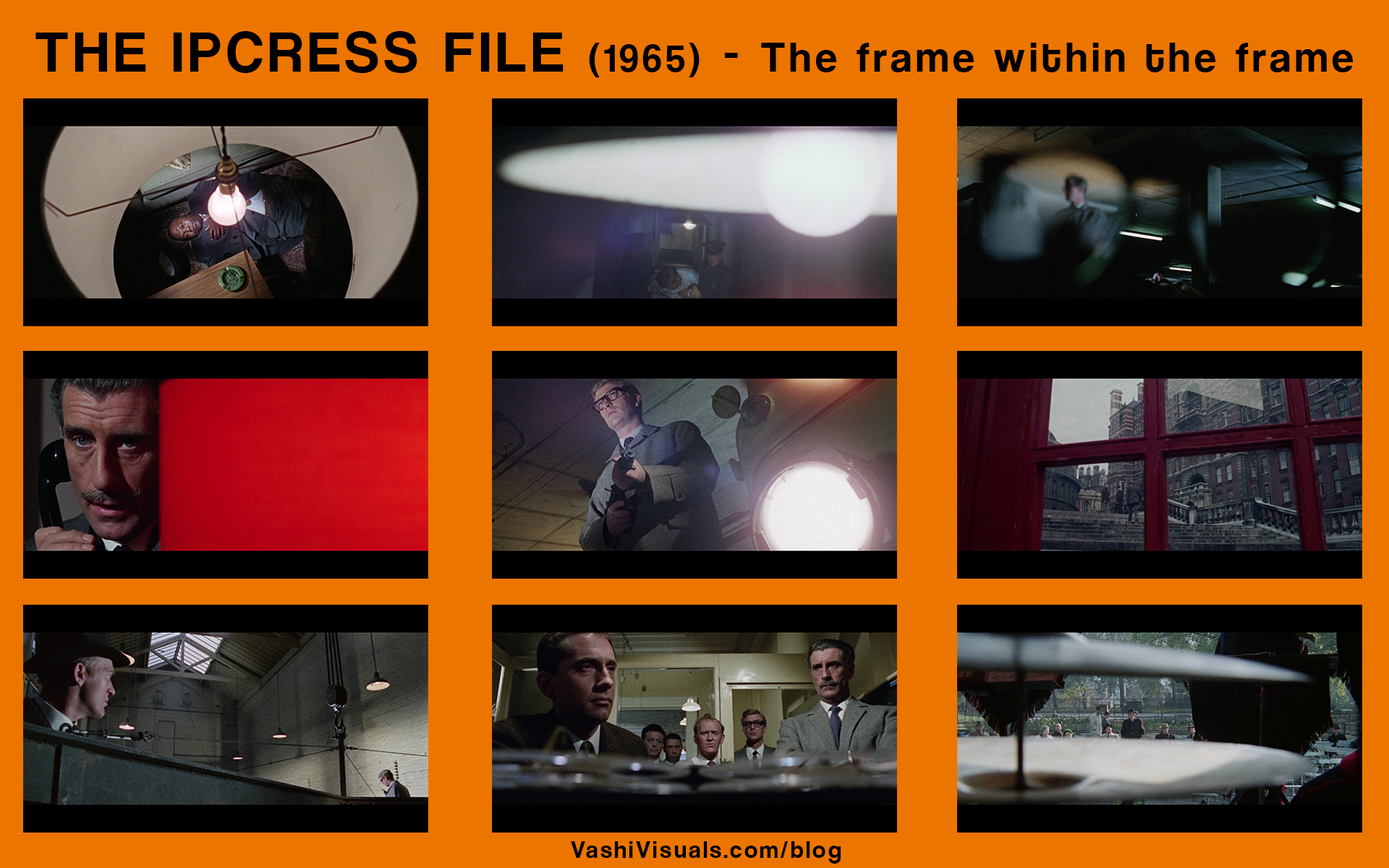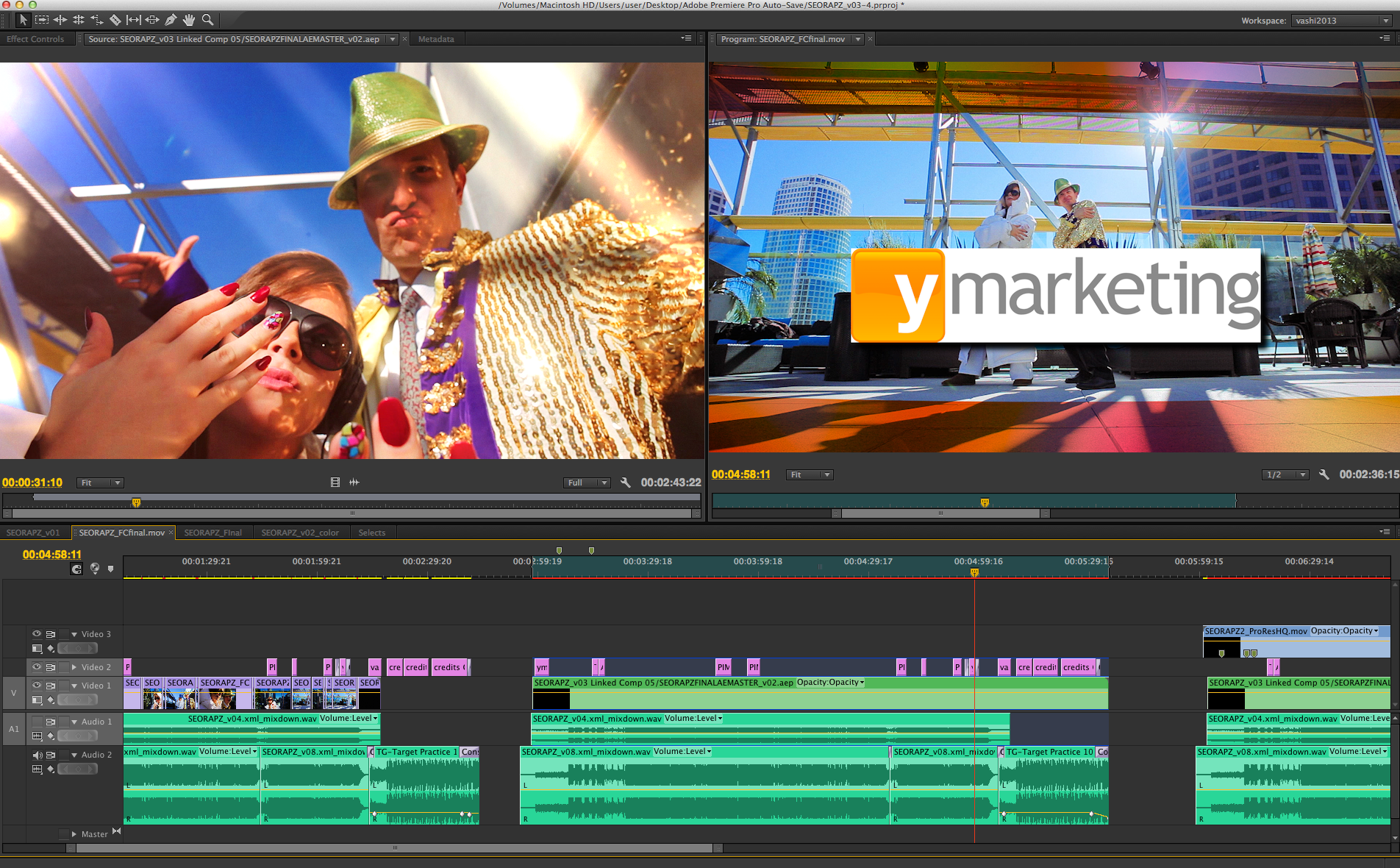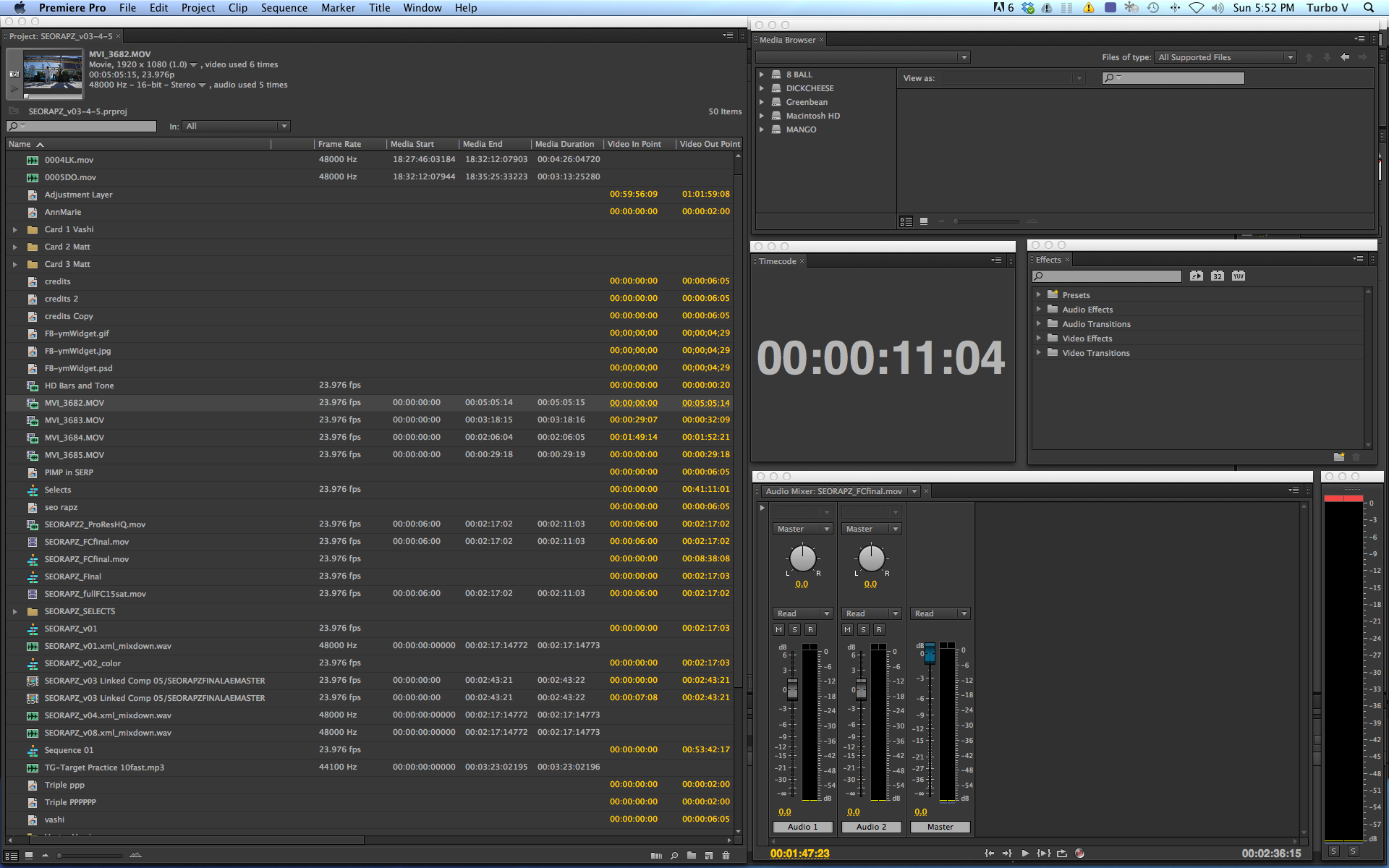In 1965, Sidney J. Furie directed the spy thriller The Ipcress File starring a young Michael Caine. Producer Harry Saltzman used the same core production team he employed on Dr. No (1962), From Russia with Love (1963) and Goldfinger (1964). Editor Peter Hunt, Production Designer Ken Adam and Composer John Barry gave this film a stylized, signature look and sound…one that was the antithesis of James Bond. Furie and Czechoslovakian cinematographer Otto Heller redefined their visual vocabulary by deciding to shoot as much of the film as possible through obstructions or foreground objects. They did this on 100 separate shots.
In the past, a large foreground object usually meant it was the focus of the scene.
Furie and Heller made every foreground object a ‘framing device’ that actively composed the shot. This technique was used to both reveal specific story elements on screen and also to visually express the claustrophobic and unsettling tone of the film. What could have been a gimmick (if used once or twice) instead became a creative cinematic tool that was used 100 times during the film.
In the video below, I have compiled all 100 instances where the “frame within the frame” technique is used in The Ipcress File. Some are subtle and some are audacious. This style was considered so arrogant by Billy Wilder that he famously said “Furie couldn’t shoot a scene without framing it through a fireplace or the back of a refrigerator”. I think it is stunning, refreshing and effective.
The Ipcress File won the BAFTA for Best British Film of 1965. It also won the BAFTA for Best Cinematography, Best Art Direction and Best British Actor. Apparently, Harry Saltzman hated how Sidney Furie shot the film and was so enraged he accepted the BAFTA for Best Film and never shared it with Furie. Now that sounds like Hollywood!
Today it is second nature for any DP or director to shoot with something in the foreground to add depth to a shot. Today most filmmakers look to build a frame within a frame while they compose a shot. Back in 1965, Furie and Heller threw caution to the wind and utilized this technique as an integral part of the visual storytelling. The bold imagery of The Ipcress File is really spectacular and I recommend all filmmakers take the time to watch this cinematic masterpiece.
UPDATE: Listen to the film commentary to learn even more…
A great interview with Len Deighton author of the novel is available HERE.
To receive my upcoming posts in your inbox…please sign-up for my RSS feed.
Until next time…




There are 7 comments
[…] The Ipcress File, a 1965 spy thriller used foreground objects and obstructions to cleverly frame 100 cinematic shots. Watch the video here to see them all. […]
Thanks
Thanks!
[…] https://vashivisuals.com/cinematography-ipcress-file/ […]
Thanks!
This is marvelous. I may add that this resource is an excellent DP decision given the fact that is a spy movie.
The camera sometimes makes you feel like you re hidden peeping the action.
Thank you Mentor Vash for your priceless tips for free,i am on my way of becoming one of the first African filmmakers to direct a Hollywood film,i would to pause here at your valuable website often to nourish my visual sense. thanks alot.
Thank you for the kind words and keep me updated with your progress. I’m glad I can help out even a little bit with inspiration. Good Luck!